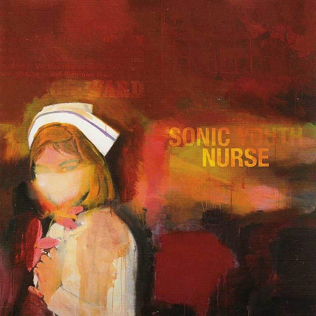
The sonic screwdriver is a fictional multifunctional tool in the British science fiction television programme Doctor Who and its spin-offs, used by the Doctor. Like the TARDIS, it has become one of the icons of the programme, and spin-off media such as The Sarah Jane Adventures and Torchwood have replicated its functions in devices such as the sonic lipstick, sonic blaster, sonic probe, sonic modulator and sonic cane.

Pattern Recognition is a novel by science fiction writer William Gibson published in 2003. Set in August and September 2002, the story follows Cayce Pollard, a 32-year-old marketing consultant who has a psychological sensitivity to corporate symbols. The action takes place in London, Tokyo, and Moscow as Cayce judges the effectiveness of a proposed corporate symbol and is hired to seek the creators of film clips anonymously posted to the internet.

Sonic hedgehog protein (SHH) is encoded for by the SHH gene. The protein is named after the video game character Sonic the Hedgehog.

Sonic Nurse is the thirteenth studio album by American rock band Sonic Youth, released on June 8, 2004, by Geffen Records.
A whisper is a sound produced by whispering.

A form constant is one of several geometric patterns which are recurringly observed during hypnagogia, hallucinations and altered states of consciousness.
A pattern is an original object used to make copies, or a set of repeating objects in a decorative design and in other disciplines.
Battle Royale may refer to:
Recognition may refer to:
Heroes or Héroes may refer to:
True Colors or True Colours may refer to:
Hubertus Bigend is a fictional character appearing in the third trilogy of novels of science fiction and literary author William Gibson. Bigend is the antihero of Gibson's Pattern Recognition (2003), Spook Country (2007) and Zero History (2010). In an interview Gibson says "I've always had a sense of Bigend as someone who presents himself as though he knows what's going on, but who in fact doesn't. It's just my sense of the subtext of the character: he's bullshitting himself, at the same time as he's bullshitting all of us."

Spook Country is a 2007 novel by speculative fiction author William Gibson. A political thriller set in contemporary North America, it followed on from the author's previous novel, Pattern Recognition (2003), and was succeeded in 2010 by Zero History, which featured much of the same core cast of characters. The plot comprises the intersecting tales of three protagonists: Hollis Henry, a musician-turned-journalist researching a story on locative art; Tito, a young Cuban-Chinese operative whose family is on occasion in the employ of a renegade ex-CIA agent; and Milgrim, a drug-addled translator held captive by Brown, a strangely authoritarian and secretive man. Themes explored include the ubiquity of locative technology, the eversion of cyberspace and the political climate of the United States in the aftermath of the September 11, 2001 attacks.
This page is based on this
Wikipedia article Text is available under the
CC BY-SA 4.0 license; additional terms may apply.
Images, videos and audio are available under their respective licenses.





